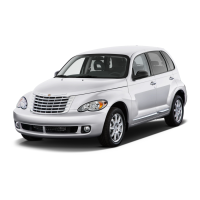
Do you have a question about the Chrysler Cruiser PT 2010 and is the answer not in the manual?
| Brand | Chrysler |
|---|---|
| Model | Cruiser PT 2010 |
| Category | Automobile |
| Language | English |
Guidance on navigating the owner's manual, including using the table of contents and index.
Highlights safety warnings and cautions against procedures that could result in accidents or vehicle damage.
Details on the location and purpose of the Vehicle Identification Number (VIN).
Warns about potential safety impacts of modifying or altering the vehicle.
Guidance on vehicle keys, ignition, door locking, and associated reminders for safe operation.
Details on the Sentry Key Immobilizer System, including key replacement and programming.
Information on setting, disarming, and overriding the vehicle security alarm and using remote keyless entry.
Instructions for operating power windows, including auto-down features, and opening the liftgate.
Comprehensive guide to seat belts, airbags, and other occupant restraint systems for passenger safety.
Guidelines and procedures for installing and using child restraint systems, including LATCH.
Recommendations for engine break-in, safe pet transporting, and general safety tips for vehicle operation.
Guidance on adjusting interior and exterior mirrors for optimal visibility and safe driving.
Comprehensive guide to the uconnect phone system and voice recognition features for hands-free operation.
Instructions for adjusting front and rear seats, head restraints, and using seat heating and folding features.
Explanation of how to operate headlights, parking lights, fog lights, turn signals, and other exterior lighting.
Details on activating, setting, deactivating, and using the electronic speed control (cruise control) system.
Guide to programming and using the HomeLink system to operate garage doors and other devices.
Information on the location and use of the vehicle's 12-volt power outlets for accessories.
Details on center console storage bins, pockets, cupholders, and other console features.
Instructions for installing and using the rear shelf panel in various positions for cargo storage.
Guidance on operating the rear window wiper/washer and defroster for visibility and comfort.
Overview of instrument panel features, including layout of the instrument cluster and its main components.
Explanation of the various gauges and warning lights found in the instrument cluster for monitoring vehicle status.
Details on displays like CMTC, EVIC, odometer, compass, fuel economy, and distance to empty for driver information.
Guide to customizing vehicle settings via the EVIC, including door locks, lighting, and display language options.
Steps for safely starting the vehicle, including seat and mirror adjustment, seat belt fastening, and normal starting procedures.
Guidance on using the automatic transaxle, park interlock, and understanding gear ranges like Drive, Low, and AutoStick.
Advice on maintaining traction and controlling the vehicle during acceleration and driving on slippery surfaces.
Precautions and warnings for driving through standing, flowing, or rising water to prevent vehicle damage and ensure safety.
Information on power steering fluid checks and brake system operation, including warnings and ABS.
Guide to tire markings, sizing, loading, pressure, maintenance, rotation, and TPMS for safe vehicle operation.
Safety tips, definitions, and requirements for towing trailers, including hitch classifications and weight ratings.
Instructions on how to activate and use hazard warning flashers for signaling emergencies and disabled vehicle situations.
Steps to take when the engine overheats, including actions for highway and city driving to reduce potential damage.
Detailed guide on locating the jack, preparing for jacking, and safely changing a tire, including warnings.
Step-by-step instructions for safely jump-starting a vehicle with a discharged battery using jumper cables or a booster pack.
Guidance on towing a disabled vehicle, including conditions for towing with ignition key in or out, and for manual/automatic transaxles.
Overview of engine compartment components, including fluid reservoirs, filters, and diagnostic systems.
Explanation of the OBD II system, malfunction indicator light (MIL), and checking system readiness for emissions testing.
Procedures for checking, draining, flushing, and refilling the cooling system, including coolant selection and cap care.
Guidance on checking brake fluid levels and automatic transaxle fluid, and related maintenance procedures.
Recommendations for protecting the vehicle's body, paint, wheels, and interior surfaces from corrosion and wear.
Scheduled maintenance for the emissions control system to ensure proper functioning and compliance with regulations.
Introduction to the three maintenance schedules (A, B, and severe conditions) and their applicability based on driving conditions.
Recommended checks at fuel stops, monthly inspections, and services to be performed at each oil change for optimal vehicle condition.
Tips for preparing for service appointments, creating a problem list, and communicating effectively with service advisors.
Contact details for Chrysler Group LLC, Canada, and Mexico customer centers for vehicle assistance and inquiries.
Details on U.S. warranty information, MOPAR parts availability, and reporting vehicle safety defects to NHTSA.
Explanation of Department of Transportation Uniform Tire Quality Grades, including Treadwear, Traction, and Temperature ratings.
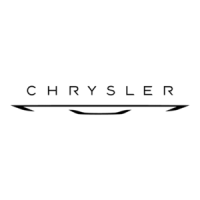

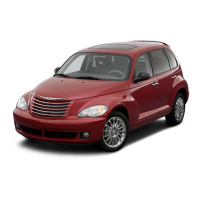
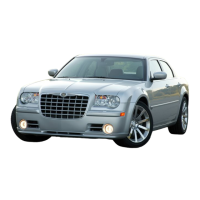
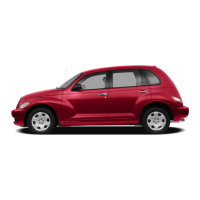

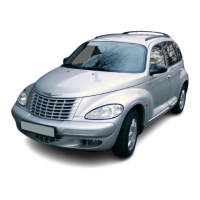
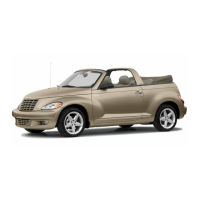


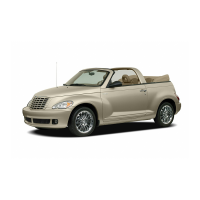
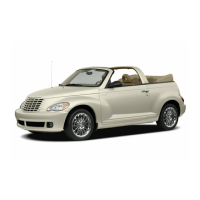
